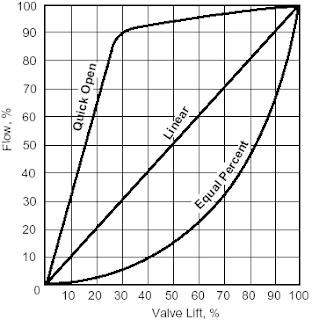 Schneider Electric / Foxboro provides customers a complete solution - from instruments in the field to the control room - to enable customers to optimize their assets-people, equipment, plant. With a history of innovation, Foxboro Field Devices provides solutions across a wide range of industries, including Energy, Oil, Gas & Refining, Renewable Fuels, Nutrition And Life Sciences, Process Automation, Water & Wastewater.
Schneider Electric / Foxboro provides customers a complete solution - from instruments in the field to the control room - to enable customers to optimize their assets-people, equipment, plant. With a history of innovation, Foxboro Field Devices provides solutions across a wide range of industries, including Energy, Oil, Gas & Refining, Renewable Fuels, Nutrition And Life Sciences, Process Automation, Water & Wastewater.
Foxboro / Schneider Electric range of products in Measurement and Instrumentation include:
- Flow
- Level
- Pressure
- Process Liquid Analytical
- Temperature
- Control
- Data Acquisition & Configurator
- Pneumatic
- Valve Positioners
- Accutech
Visit this page on the Swanson Flo website to download your full PDF version.
You can easily specify many instruments and accessories described in this catalog. Sections covering our most popular items include all the technical data you need to know for most applications. To specify the appropriate item, simply follow the step-by-step procedure at the end of each description. Please feel free to contact Swanson Flo for help.
You can easily specify many instruments and accessories described in this catalog. Sections covering our most popular items include all the technical data you need to know for most applications. To specify the appropriate item, simply follow the step-by-step procedure at the end of each description. Please feel free to contact Swanson Flo for help.






